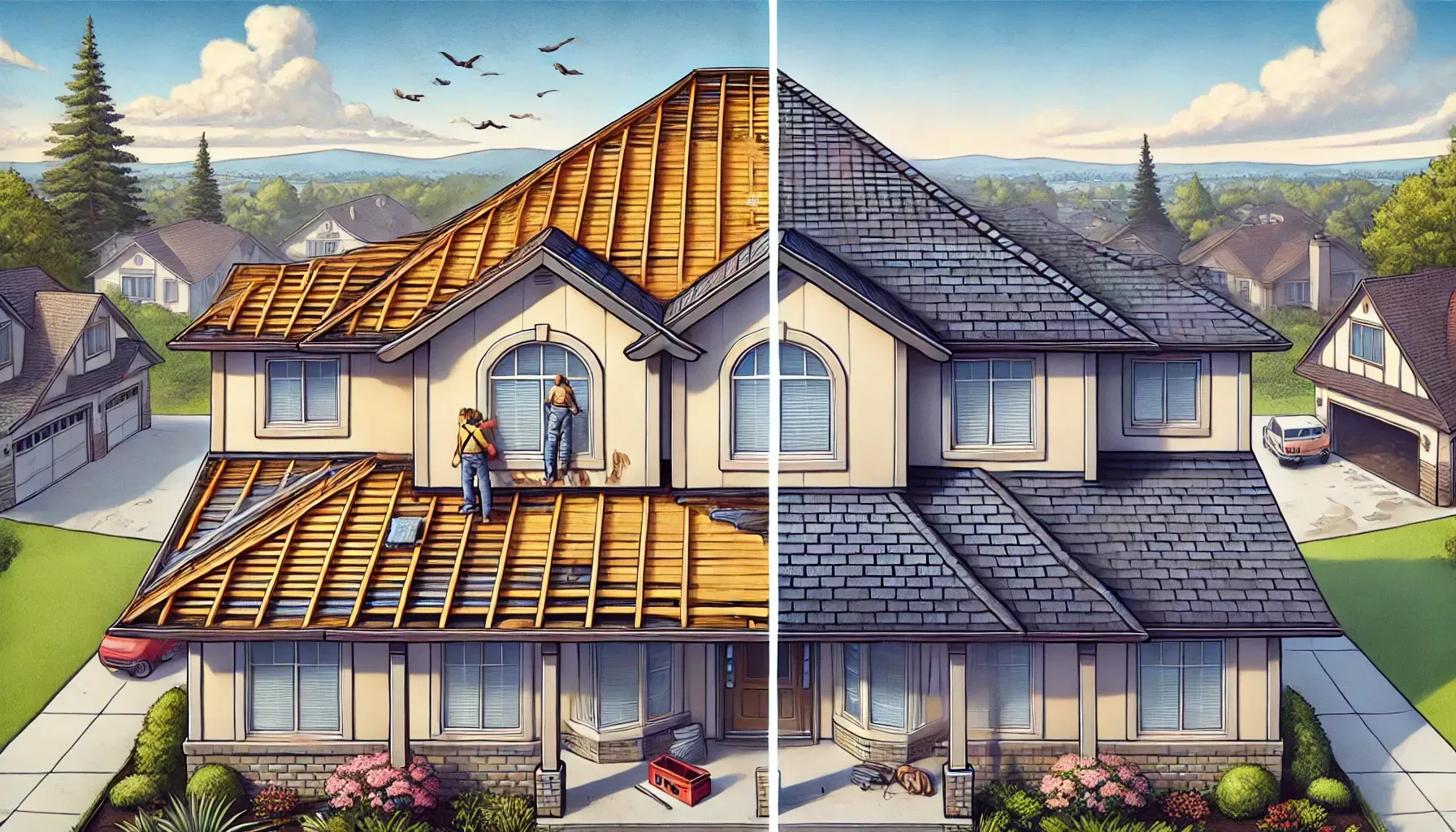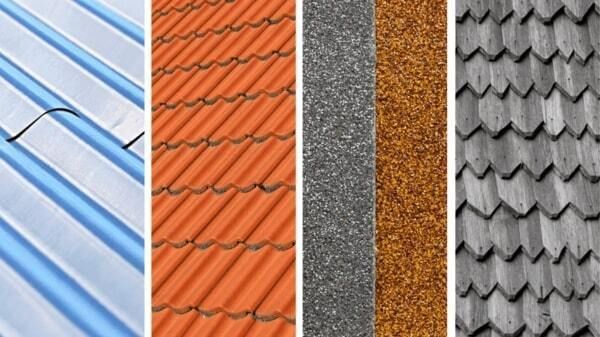How Long Does a Roof Last, and What Factors Affect Its Lifespan?
When it comes to protecting your home or business, your roof is the first line of defense. But how long does a roof last, and what factors affect its lifespan? Understanding the answers to these questions is crucial for homeowners and property managers alike.
What Is the Average Lifespan of a Roof?
The average lifespan of a roof largely depends on the materials used. For instance:
- Asphalt shingles: 20-30 years
- Metal roofing: 40-70 years
- Clay tiles: 50-100 years
- Slate roofing: Over 100 years
- Wood shakes: 20-40 years
However, these figures are just averages. The actual lifespan can vary based on installation quality, maintenance, and environmental factors.
Factors That Influence Roof Longevity
1. Type of Roofing Material
Not all roofing materials are created equal. Asphalt shingles are economical but have a shorter lifespan compared to materials like slate or metal. For example, how long does an asphalt shingle roof last? Typically, it ranges from 20 to 30 years, whereas metal roofs can last twice as long.
2. Quality of Installation

Even the best materials won't perform well if installed improperly. A poorly installed roof may develop leaks, sagging, or other structural issues, drastically reducing its durability. Always hire licensed, experienced roofing contractors to ensure a proper installation.
3. Climate and Weather Conditions
Extreme climates can accelerate wear and tear. For example, what impacts the longevity of a roof in extreme climates? Prolonged exposure to intense heat, freezing temperatures, or heavy storms can weaken materials over time. Regions with frequent hail or hurricanes might experience higher incidences of roof damage, shortening its lifespan. For more insights on selecting appropriate materials for warm regions, explore our guide on Best Roofing for Hot Climates.
4. Roof Maintenance Practices
Routine inspections and timely repairs are key to extending roof longevity. Simple tasks like cleaning gutters, removing debris, and addressing minor damage can prevent major issues later on. For more on the impact of gutters on roof durability, consider how proper gutter maintenance protects against water damage.
- Inspect for loose or missing shingles.
- Keep gutters free of clogs to avoid water pooling.
- Trim overhanging tree branches to prevent impact damage.
- Schedule professional roof inspections at least once a year.
5. Ventilation and Insulation
Proper attic ventilation and insulation are often overlooked but play a crucial role in roof durability. Without adequate ventilation, moisture can build up, leading to mold growth and structural damage.
6. Environmental Considerations

Nearby trees, high humidity, and urban pollutants can all contribute to roof aging. Algae and moss growth on shingles, for example, not only degrade aesthetics but can also retain moisture, speeding up material decay. For more guidance, explore our tips on Dealing with Roof Mold to prevent and address these issues effectively.
Signs Your Roof Needs Replacement
Knowing when to replace your roof can save you from costly repairs down the road. Common signs include:
- Curling or missing shingles: A clear indicator of aging shingles.
- Granules in gutters: Excess granules suggest asphalt shingles are nearing the end of their life.
- Sagging roofline: Indicates structural issues that need immediate attention.
- Water leaks or stains: Persistent leaks can lead to interior damage.
- Moss or algae growth: While not always a structural concern, excessive growth can shorten roof life.
Comparing Roofing Materials for Longevity

Asphalt Shingles
- Affordable and widely used.
- Average lifespan: 20-30 years
Metal Roofing
- Durable and eco-friendly.
- Average lifespan: 40-70 years.
Clay and Concrete Tiles
- Resistant to weather and fire.
- Average lifespan: 50-100 years.
Slate Roofing
- Premium option with exceptional longevity.
- Average lifespan: 100+ years.
Cost of Replacing a Roof
Roof replacement costs depend on material type, roof size, and labor fees. Asphalt shingles are the most affordable, while slate and metal roofs require higher upfront investment. Consider using a roofing replacement guide to budget effectively and explore financing options if needed.
Future-Proofing Your Roof
To ensure your roof remains in top condition for as long as possible:
- Invest in high-quality materials: While the initial cost may be higher, it pays off in the long run.
- Prioritize regular maintenance: A proactive approach can prevent costly repairs and replacements.
- Consider professional inspections: Roofing experts can identify issues before they escalate.
Conclusion
Understanding how long roofs last and the factors affecting their lifespan empowers homeowners and property managers to make informed decisions. Whether you're selecting materials, maintaining your roof, or planning a replacement, taking a thoughtful and proactive approach can save time, money, and stress. Remember, a well-maintained roof is more than just a structure—it’s peace of mind for years to come.


